As an employer, it’s a fact, you are required by law to protect your employees, and others, from harm as set out in the Management of Health and Safety at Work Regulations 1999. However, prioritising what will make a difference can be clouded by the ‘legislative’ jargon and consequences, so it is important to understand the different types of health and safety documentation and their purposes.
Keeping on top of legislation and taking care of day-to-day business can feel overwhelmingly influenced by legislation.
According to Hse.gov, 36.8 million working days were lost in 2021/22 due to work-related illness and workplace injury, with £18.8 billion estimated cost of injuries and ill health resulting from current working conditions.
Risk assessments and method statements (RAMS) are 2 ways in which hazards can be addressed and accidents prevented, but what are the differences between them?
Risk Assessments
Risk assessments involve identifying what hazards may currently exist in the workplace or any which have the potential to develop and cause harm. Keeping track of whether your organisation is doing enough to protect the workforce will reduce the chances of costly accidents, which will subsequently increase overall operational performance.
Risks need to be considered within every working environment in every sector, and could involve the following:
- Manual handling
- Fire safety
- Using chemicals for cleaning
- Organisational risk factors such as careless management
Risk assessments should include:
- Listing all health and safety risks involved with each task
- Outlining specifically who could be impacted
- Evaluating whether the existing precautions are sufficient
- Reviewing and updating when required to ensure all information is up-to-date
Method Statements
Method statements detail instructions on how to complete a potentially hazardous task in the safest way possible. Similarly to risk assessments, the potential hazards must be considered, but method statements focus more on outlining a step-by-step procedure of a specific task, rather than just recording a list of hazards.
A well-completed risk assessment will help when writing method statements, so it’s important for organisations to spend enough time creating and maintaining their risk assessments.
Conducting risk assessments requires people to be competent to identify the hazards, determine the level of risk and evaluate how those risks can be removed or controlled.
PETA are on hand to provide some great education to build that competence and confidence within your teams, ensuring all working environments are safe for everyone in the organisation.
Our Principles of Risk Assessment course is an introduction to the practical steps involved in risk assessments, and is great for those new to or requiring a refresher in conducting risk assessments.
While our Principles of COSH course focuses more specifically on completing risk assessments in environments where hazardous materials exist.
Sign up to receive news and updates...
Our customers have access to cutting edge information and insights, specifically tailored to them and their industry. Get the latest opinion and expert views through news, events, case studies and apprentice stories.
